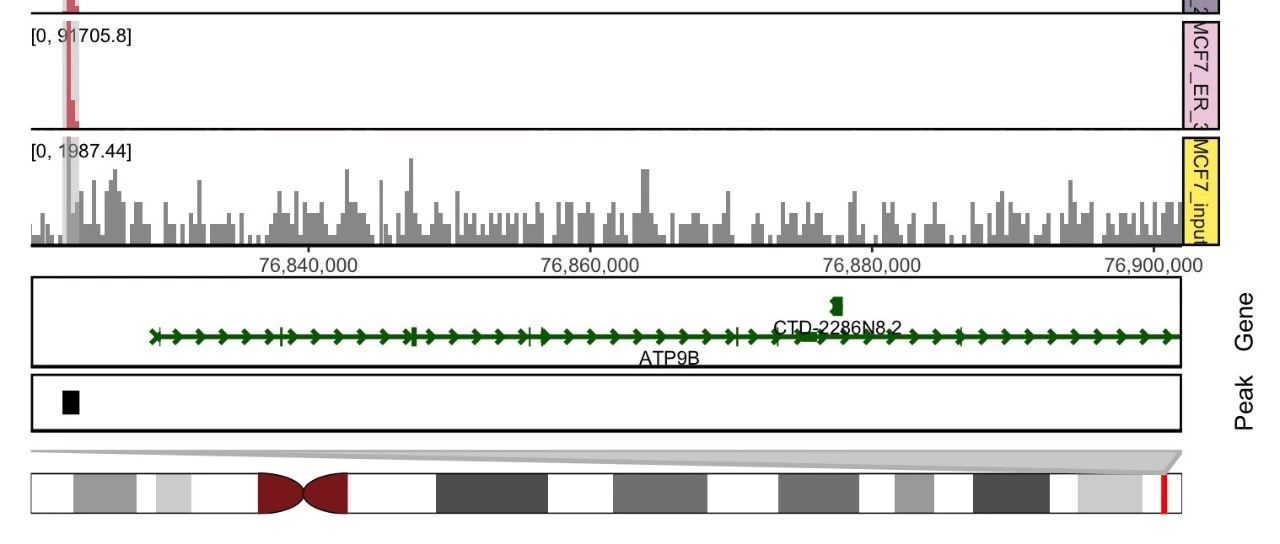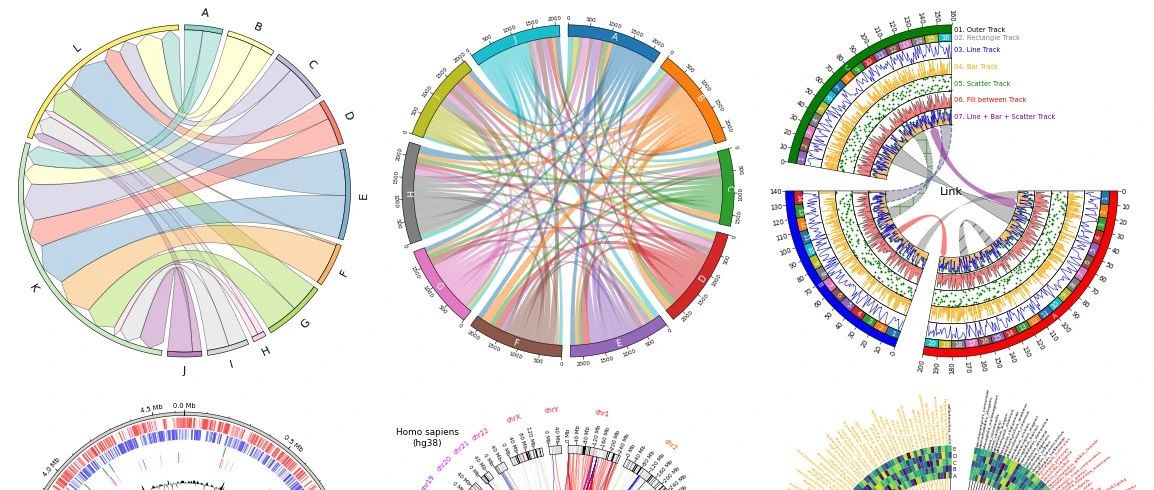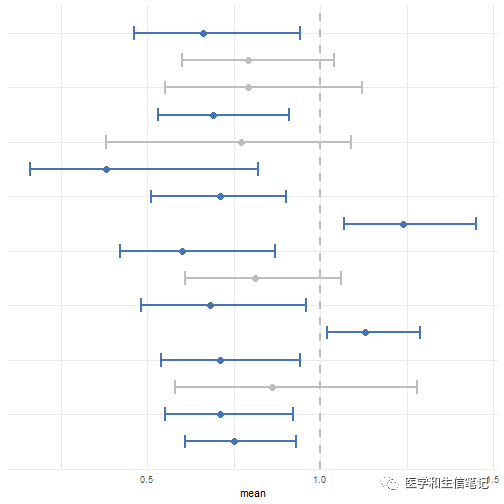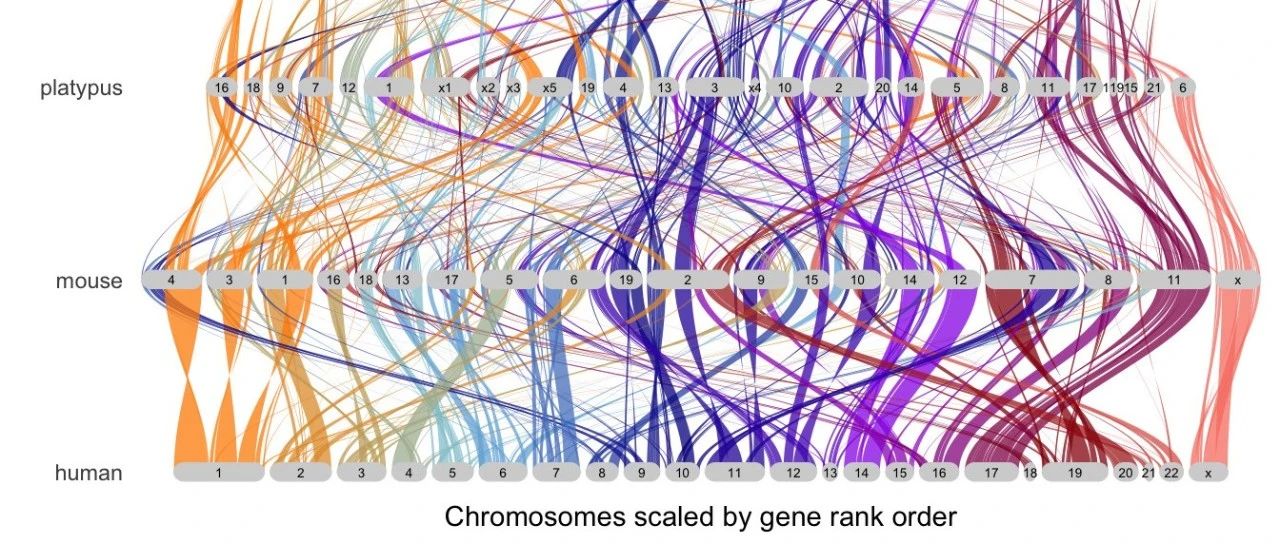用gganimate制作R中的动态地理地图
提问于 2019-11-30 19:48:11
我可以在R中生成一些看起来不错的choropleth地图,例如,请参见以下内容
library(tidyverse)
library(rnaturalearth)
library(rnaturalearthdata)
set.seed(1234)
ww <- ne_countries(scale = "medium", returnclass = "sf")
ll <- ww$name %>% length
val <- sample(c("a","b","c","d"), ll, replace=T)
bb <- ne_download(type = "wgs84_bounding_box", category = "physical",
returnclass = "sf")
ww <- ww %>% mutate(value=val)
gpl1 <- ggplot(data = ww) +
geom_sf(aes(fill=value), col = "black", lwd = 0.3 )+
xlab(NULL) + ylab(NULL) +
ggtitle("World Export of Merchandise")+
geom_sf(data = bb, col = "grey", fill = "transparent") +
theme(plot.background = element_rect(fill = "white"),
panel.background = element_rect(fill = 'white'),
panel.grid.major = element_line(colour = "grey"),
legend.position="top",
plot.title = element_text(lineheight=.8, size=24, face="bold",
vjust=1),
legend.text = element_text(vjust=.4,lineheight=1,size = 14),
legend.title = element_text(vjust=1,lineheight=1, size=14,
face="bold" ))+
coord_sf(crs = "+proj=eqearth +wktext")
ggsave("test_world1.pdf", gpl1, width=6*1.618,height=5)但是假设我有几年的数据,例如
values_years <- tibble(value=sample(c("a","b","c","d"), 4*ll, replace=T),
years=sample(seq(4), 4*ll, replace=T))有没有人知道如何使用gganimate来生成一个显示不同年份时国家颜色自动变化的choropleth地图?我不是在寻找交互式的viz,而是像这样的东西。
https://www.blog.cultureofinsight.com/2017/09/animated-choropleth-maps-in-r/
只是我很难简化这个例子来满足我的需求。如有任何帮助,我们不胜感激!
回答 2
Stack Overflow用户
发布于 2019-12-01 13:53:44
我既不是地理空间数据专家,也不是gganimate专家,但我通过执行以下操作,设法获得了与您的问题类似的答案。我们将以类似于您开始示例的方式开始,但是我们还加载了gganimate包。
library(tidyverse)
library(rnaturalearth)
library(rnaturalearthdata)
library(gganimate) # also needs transformr
## Do all previous stuff
set.seed(1234)
ww <- ne_countries(scale = "medium", returnclass = "sf")
ll <- ww$name %>% length
val <- sample(c("a","b","c","d"), ll, replace=T)
bb <- ne_download(type = "wgs84_bounding_box", category = "physical",
returnclass = "sf")
ww <- ww %>% mutate(value=val)然后,对于我们的每个时间点,我们复制数据并为每个形状、时间点和新的填充变量分配一个组。分组是必需的,因为默认情况下,填充将确定分组,并且动画将显示所有国家/地区在地图上的跳跃。
newdf <- lapply(seq_len(5), function(i) {
new <- ww
new$group <- seq_len(nrow(new))
new$value <- sample(letters[1:4], nrow(new), replace = TRUE)
new$time <- i
new
})
newdf <- do.call(rbind, newdf)然后我们画个图。主要区别在于,我在geom_sf()中分配了一个组并添加了transition_time(time)。此外,我还添加了一个副标题来跟踪动画状态。
gpl1 <- ggplot(data = newdf) +
geom_sf(aes(fill=value, group = group), col = "black", lwd = 0.3 )+
xlab(NULL) + ylab(NULL) +
ggtitle("World Export of Merchandise", subtitle = "{frame_time}")+
geom_sf(data = bb, col = "grey", fill = "transparent") +
theme(plot.background = element_rect(fill = "white"),
panel.background = element_rect(fill = 'white'),
panel.grid.major = element_line(colour = "grey"),
legend.position="top",
plot.title = element_text(lineheight=.8, size=24, face="bold",
vjust=1),
legend.text = element_text(vjust=.4,lineheight=1,size = 14),
legend.title = element_text(vjust=1,lineheight=1, size=14,
face="bold" )) +
transition_time(time)
# coord_sf(crs = "+proj=eqearth +wktext") # couldn't get this coord to work然后我们制作动画:
ani <- animate(gpl1)

Stack Overflow用户
发布于 2019-12-02 14:16:24
谢谢,但我想我找到了更简单的方法。
library(tidyverse)
library(rnaturalearth)
library(rnaturalearthdata)
library(gganimate)
set.seed(1234)
ww_ini <- ne_countries(scale = "medium", returnclass = "sf")
ll <- ww_ini$name %>% length
val <- sample(c("a","b","c","d"), ll, replace=T)
bb <- ne_download(type = "wgs84_bounding_box", category = "physical",
returnclass = "sf")
ww <- ww_ini %>%
mutate(value=val)
gpl1 <- ggplot(data = ww) +
geom_sf(aes(fill=value), col = "black", lwd = 0.3 )+
xlab(NULL) + ylab(NULL) +
ggtitle("World Export of Merchandise")+
geom_sf(data = bb, col = "grey", fill = "transparent") +
theme(plot.background = element_rect(fill = "white"),
panel.background = element_rect(fill = 'white'),
panel.grid.major = element_line(colour = "grey"),
legend.position="top",
plot.title = element_text(lineheight=.8, size=24, face="bold",
vjust=1),
legend.text = element_text(vjust=.4,lineheight=1,size = 14),
legend.title = element_text(vjust=1,lineheight=1, size=14,
face="bold" ))+
coord_sf(crs = "+proj=eqearth +wktext")
ggsave("test_world1.pdf", gpl1, width=6*1.618,height=5)
values_years <- tibble(name=rep(ww$name,4),
year=c(rep(1,ll), rep(2,ll), rep(3, ll), rep(4, ll)),
value=sample(c("a","b","c","d"),4* ll, replace=T))
ww_ext <- left_join(ww_ini, values_years, by="name")
gpl2 <- ggplot(data = ww_ext) +
geom_sf(aes(fill=value), col = "black", lwd = 0.3 )+
xlab(NULL) + ylab(NULL) +
ggtitle("World Export of Merchandise")+
geom_sf(data = bb, col = "grey", fill = "transparent") +
theme(plot.background = element_rect(fill = "white"),
panel.background = element_rect(fill = 'white'),
panel.grid.major = element_line(colour = "grey"),
legend.position="top",
plot.title = element_text(lineheight=.8, size=24, face="bold",
vjust=1),
legend.text = element_text(vjust=.4,lineheight=1,size = 14),
legend.title = element_text(vjust=1,lineheight=1, size=14,
face="bold" ))+
coord_sf(crs = "+proj=eqearth +wktext") +
transition_manual(year )
anim <- animate(gpl2)这仍然是一种尝试和错误,特别是在选择transition_动词时。
页面原文内容由Stack Overflow提供。腾讯云小微IT领域专用引擎提供翻译支持
原文链接:
https://stackoverflow.com/questions/59119667
复制相关文章
点击加载更多











![python求平均值的怎么编写,python 怎么求平均值[通俗易懂]](https://ask.qcloudimg.com/http-save/yehe-8223537/9d0a8c05763138544dc208708a44873b.jpg)








